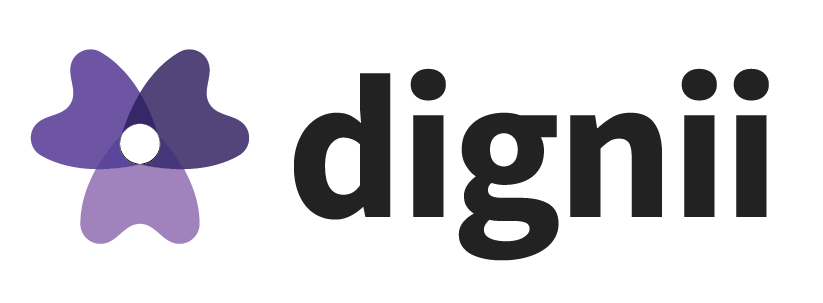COVID-19 has led (or required) most employers to initiate Work From Home (“WFH”) policies. For companies that did not have WFH policies or a remote work culture in place, this has led to a steep learning curve of both new tool stacks – here is a list of 32 free tools – as well as team behaviours and patterns for remote work – here are Slack’s guides to remote work.
With a shift to WFH, communication is key. Communications expert Dana Harvey covers 5 important virtual communication skills to increase productivity and morale for yourself and your virtual teams in an excellent blog post. One of the points Dana makes is to “get personal.” It is imperative for leadership to recognize that employees (i.e. humans ? ) as “social creatures who crave a feeling of connection” can “feel isolated and disconnected” while working remotely. Dana’s suggestion to “strengthen relationships and build rapport” through carving out time for “virtual coffee chats” in lieu of water cooler chats is a good one. Even spending a few minutes at the start of each meeting going around the group and asking about “what’s going on in your colleagues’ lives” and/or asking “team members to share a personal highlight of their day” helps create emotional bonds between the team.
At Dignii, in addition to these informal check-ins and conversations, we advocate asking employees to share about their experiences on a regular basis through short, simple and scientific surveys. There are two types of surveys that we encourage our clients to run at this time: 1) a check-in survey, and 2) an engagement survey. The check-in survey asks open-ended questions such as:
- What went well this week?
- What are the challenges you faced this week?
- Do you have the resources you require to meet the team goals?
It is important that the check-in surveys do not replace one-on-ones. If a company has a culture of regular one-on-ones between supervisors and team members, these should continue virtually. However, a check-in survey can augment one-on-ones, especially if the feedback is being reviewed by a senior executive (in addition to the supervisor) or if the survey is run anonymously where an employee can share openly about concerns they may have during this difficult time. It is often hard for an employee to talk about anxiety with their supervisor – especially if the anxiety is around whether they will have a job or not next month or whether the company will remain in business.
Feedback surveys can also include open-ended questions to solicit ideas from employees on how to deal with the unique challenges facing each company due to COVID-19. Employees, especially those on the front lines of dealing with customers, suppliers, and channel partners have the most up-to-date information on the external forces affecting a company. They also spend considerable time, energy, and effort anticipating what happens next and how to deal with the same. A tip: to capture this, ask questions such as: “What should our priorities be as a team / company?” Where required reflect changing priorities in updated team goals and objectives.
The second type of survey we encourage companies to run at this time is a short, standardized engagement survey such as the UWES. Measuring engagement on a scientific and consistent basis is important throughout the year, precisely for times like these, when a company is going through a terrible “low” (or incredible “high” such as closing a major client or funding round).
If the only surveys being run are open-ended, there is no quantitative measure of engagement, only qualitative (if at all). Asking the same engagement questions regularly, which ask employees to score behaviours such as energy levels, mental resilience, task absorption, and pride in one’s work on a scale, means that there is quantitative engagement data which can be compared to “baseline” engagement data from when it is business as usual. If a company is just starting out with engagement surveys such as UWES – the leading engagement survey that Dignii uses – there is normative data reflecting average engagement scores for industry sectors and/or countries available for comparison. For example, it would not be unusual to see engagement scores initially dip as anxiety around COVID-19 impact on personal and professional lives is top-of-mind. However, for companies that genuinely care about their employees and reflect this in their behaviours and communications engagement scores over the next months could rise to higher than before.
Again, it is important to recognize that the two types of surveys are complementary to receive a full and accurate picture of how employees are doing. COVID-19 can make or break teams; as companies adapt to remote work requirements, we urge companies to add the right survey tools into their employee communications and feedback processes. These survey tools can help companies stay connected to their employees and while gathering data on how they are feeling and how engaged they are.
Finally, we leave you with a link to an article on how not to keep tabs on employees. As Daniel Pink noted in his book “Drive”, one of the intrinsic drivers of engagement is “autonomy.” In my opinion, this is the wrong approach and will lead to increased disengagement, especially when employees find out that they are not being treated like adults. If we (rightly) expect employees to do their job without micromanagement while in the office, we should expect that same while they work from home.
Stay safe everybody. We can get through this together. Feel free to leave comments on how your company is adapting to work-from-home, connecting and checking-in with employees, and keeping the team positive and engaged.


P.S. BC based Starling Minds is offering a mental health training program to help cope with stress, regulate emotions, and balance negative thoughts for free. This is an amazing resource to share with employees during this difficult time:
https://info.starlingminds.com/covid-19-b2c-faq?_ga=2.257597192.2055467923.1585755353-477303945.1585755353
Great post!